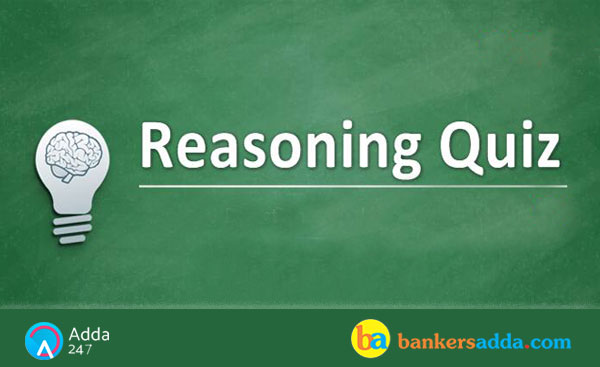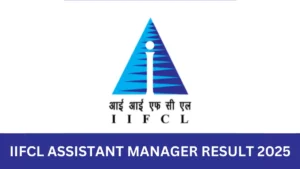
Directions (1-5): Study the following information carefully and answer the questions given below:
There are eight friends A, B, C, D, E, F, G and H are sitting around a square table in such a way that four of them sit at the four corners of the square table while other four sit in the middle of each of four sides. The one who sits at the four corners face the center and those who sit in the middle of the sides face outward. Each of them like different book, viz P, Q, R, S, T, U, V and W but not necessarily in the same order.
F sits third to left of the one who likes Q. The one who likes Q does not face inward. Only two friends sit between F and A. The one who likes P sits on the immediate right of A. The one who likes T sits second to right of B, who is not an immediate neighbor of A and F both. B does not like Q. Only one friend sits between H and the one who likes T. E sits on the immediate left of the one who likes S. B does not like S. D likes R but he is not an immediate neighbor of H. The one who likes W is an immediate neighbor of D. The one who likes U is an immediate neighbor of C. C is an immediate neighbor of both E and the one who likes W.
Q1. Who among following likes U book?
Q2. Who among following sits opposite to D?
Q3. Who among following sits second to right of D?
Q4. Four of the following five are alike in a certain way and hence they form a group. Which one of the following does not belong to that group?
Q5. Who among following sits diagonally opposite to H?
Directions (6-10): Study the following information carefully and answer the given questions.
In a certain code language,
‘Sbi is very tough’ is coded as ‘& @ # $’
‘Is Trust claims very’ is coded as ‘# $ ~ >’
‘Sbi very not Trust’ is coded as ‘< ~ # @’
Q6. Which of the following is the code for ‘not’?
Q7. Which of the following word is coded as ‘>’?
Q8. What may be the code of ‘clerk Sbi’?
Q9. Which of the following code is coded for ‘Trust’?
Q10. What will be the code of ‘claims’?
Directions (11-15): In these questions relationship between different elements is shown in the statements. These statements are followed by conclusions. You have to find out which of the conclusions follow or not from the given statements.
Q11. Statements: D > A, F = E ≤B, D>B, C<B
True)
Q12. Statements: A > Z < B ≥ C > X < D
Conclusions I. X > Z
II. A ≥ C
II. A ≥ C (Not True
Q13. Statements: A > B, C ≤B, D < E = B, E < F, G ≤ B
Conclusions I. E> G
II. C < G
II. C < G(Not True)
Q14. Statements: X > Y ≥ Z = M > A ≥B
Conclusions I. X < A
II. Y > M
II. Y > M (Not True)
Q15. Statements: P < Q > R = Z < S ≤ X < T
Conclusions I. Z = T
II. T > Z
II. T > Z (True)





 GA Capsule for SBI Clerk Mains 2025, Dow...
GA Capsule for SBI Clerk Mains 2025, Dow...
 The Hindu Review October 2022: Download ...
The Hindu Review October 2022: Download ...
 IIFCL Assistant Manager Result 2025 Out,...
IIFCL Assistant Manager Result 2025 Out,...





